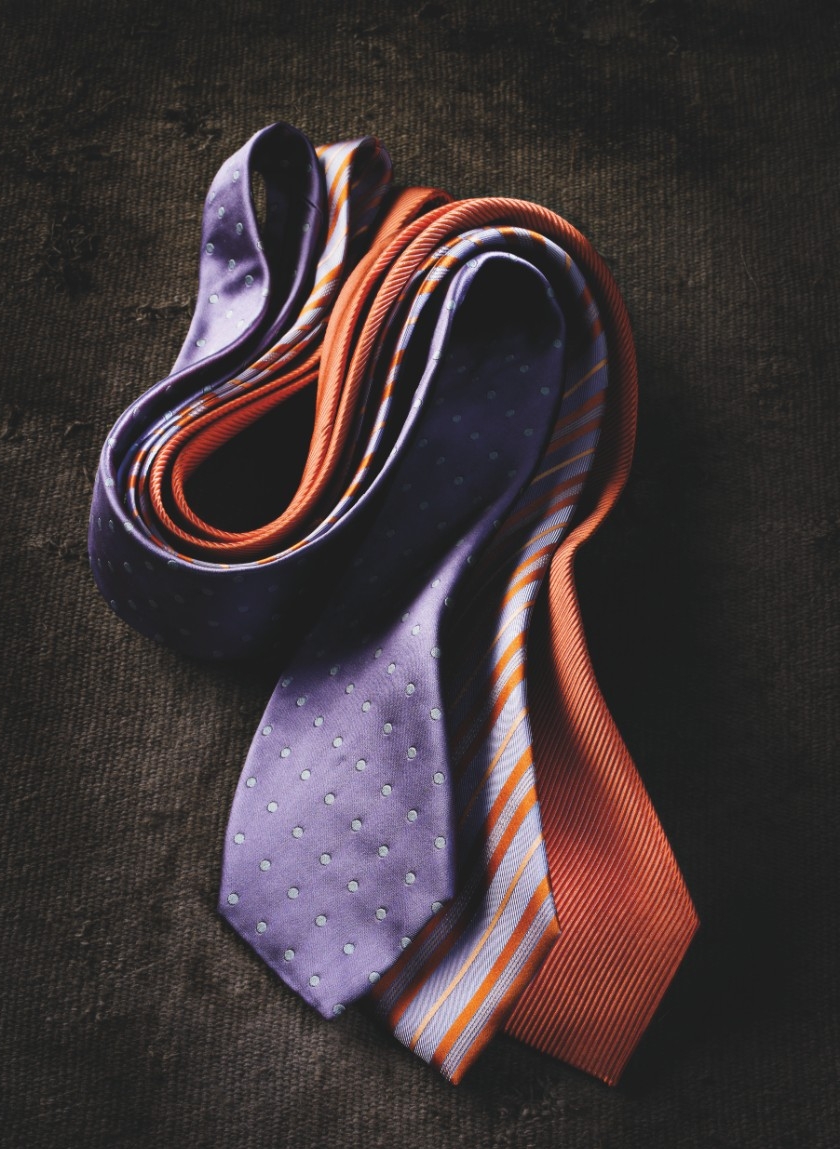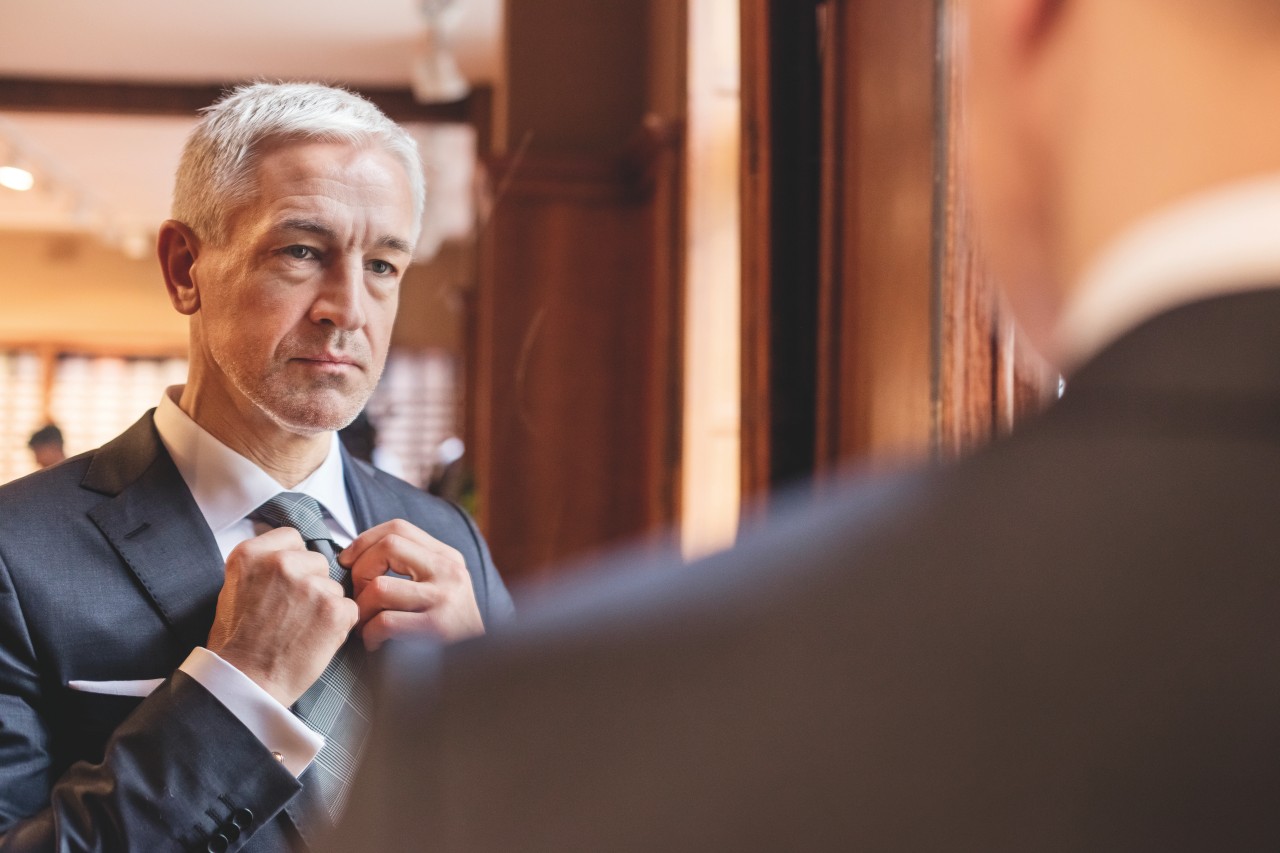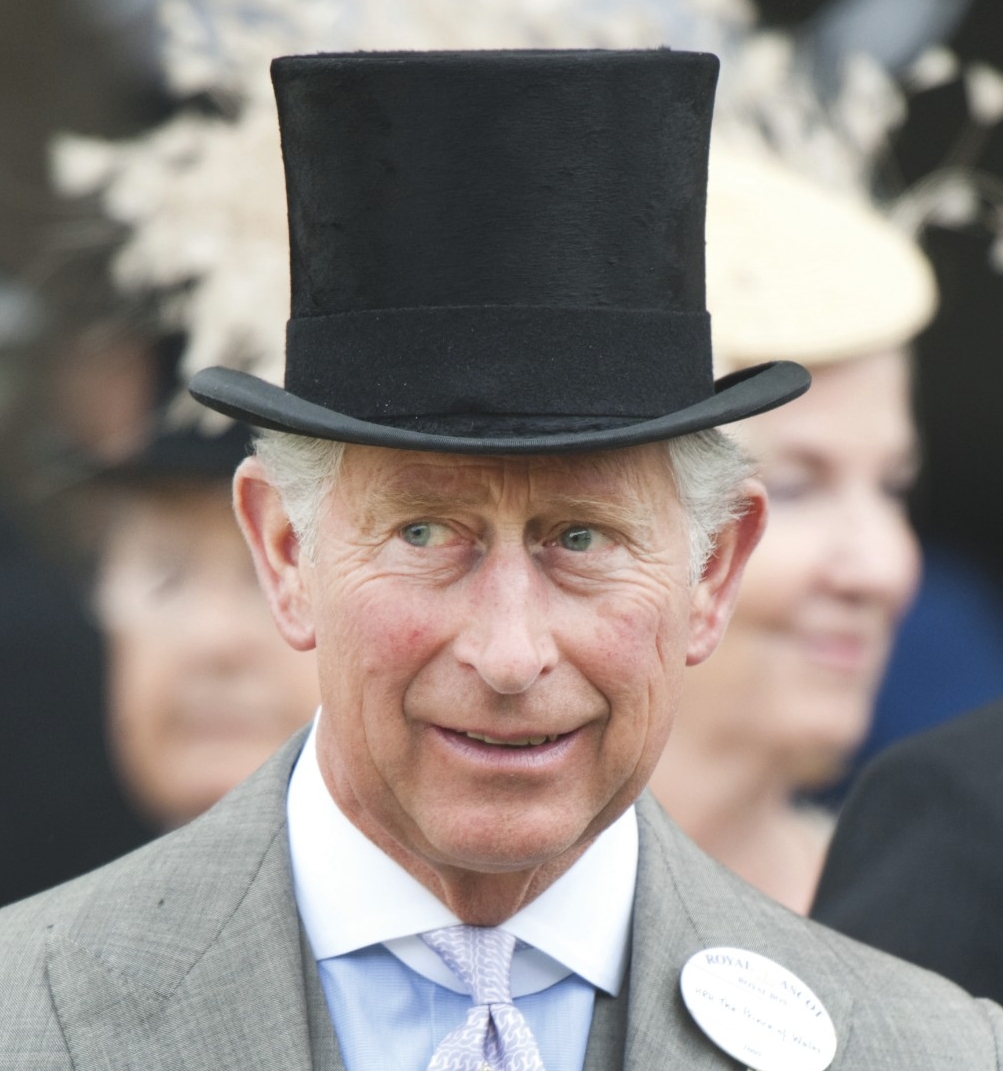Global fashion becomes less formal with every passing decade, yet somehow the humble necktie remains perennially popular. Ian Valentine pays homage to this essential accessory.
Despite the best efforts of turtlenecks, T-shirts and polo shirts, the traditional necktie refuses to get knotted. This accessory originated 400 years ago during the Thirty Years’ War when Croatian mercenaries (the word ‘cravat’ derives from ‘Croat’) wore small, knotted neckerchiefs.
Nowadays top fashion houses retain global clients willing to part with over US$200 for a handmade tie, and the reason is straightforward. As with an exquisitely tailored suit, shirt, hat or pair of shoes, you can actually feel the craftsmanship when you wear a gorgeous silk tie.
Take Turnbull & Asser, for example, the London tailors who have kitted out gentlemen (and ladies), royalty and celebrities for the last 130 years. Their ties, formed from three sections – the blade, the gusset and the under end – are all hand-stitched in the UK by skilled craftsmen using top-grade silks.
According to the manufacturer, these ties will hold their shape over many years and show excellent bounce-back-ability despite constant use or rough treatment. Turnbull & Asser put this durability down to “a magic loop of indestructible bonded thread” in the blade of the tie.
“This allows the tie to ruche and relax back into shape no matter how many times it is pulled from the collar after a long day,” they add. “Cutting the silk and the wool lining, stitching the seams, ironing out the creases and crinkles – if any of these stages is completed by a machine, the end product will not offer the same quality.”
The name Hermès is synonymous with exquisite accessories, although its neckties are a comparatively recent offer. Founding his company in 1837, Thierry Hermès was a saddler by trade (hence the famous equestrian logo) who supplied leather goods to the Parisian gentry. The famed bags and scarves followed in the 20th Century. The story goes that the first ties were quickly stitched in 1949 to smarten up high rollers who’d been failing the dress codes in Cannes casinos.
Today, the process is meticulously planned, right down to the production of the thread in private Brazilian silkworm farms. Hermès ties are perhaps best known for their striking colours. Indeed, every tie includes ten different colours, from a total of 75,000 hues.
Hermès has quickly adapted to 21st-Century consumer needs. Struggling to choose the right knot? Then download the Hermes Silk Knots app on your smartphone. Want to network with like-minded tie wearers? Then join the Hermès Tie Society: a “club for the sartorially savvy and subtly adventurous. If you have a taste for discovery and pleasure… let us be your mirror.”

The Italians also know a thing or two about tie-making. E. Marinella, in Naples, provides conservative resistance to relative newcomers such as Giorgio Armani or Dolce & Gabbana. Established in 1914, Don Eugenio’s company set out to create a small corner of England on Naples’ Piazza della Vittoria, still a waterfront destination for the city’s high society. Today, the third-generation family owes the quality of their ties to “scrupulous attention to the raw materials and rigorous handicraft”.
Globally, it’s estimated that more than half of all ties are purchased by women as presents for men, so it’s perhaps no surprise that both JFK and Aristotle Onassis wore Marinellas. No doubt Jackie was a fan. It’s said the shipping magnate only ever wore jet-black neckties at work in order to camouflage his mood.
As with many tailors, Eugenio Marinella was a ready source of sartorial guidance for gentlemen. “The only rule is to follow your instinct,” he would say. “Choosing a tie must be an irrational action. Never take advice or allow anybody else to pick your tie. Yet, the instinct must follow a certain logic. Absolutely avoid: too wide and showy patterns, or too pale and anonymous ones. Remember that the tie reveals the personality. The tie must stand out against the suit and the shirt, without clashing. It must be of a colour darker than the shirt’s one and more intense than the jacket’s one. But pay attention not to exaggerate. Avoid pea green, canary yellow, fire red and sugared almond pink.”
What on Earth would he have made of Donald Trump?


